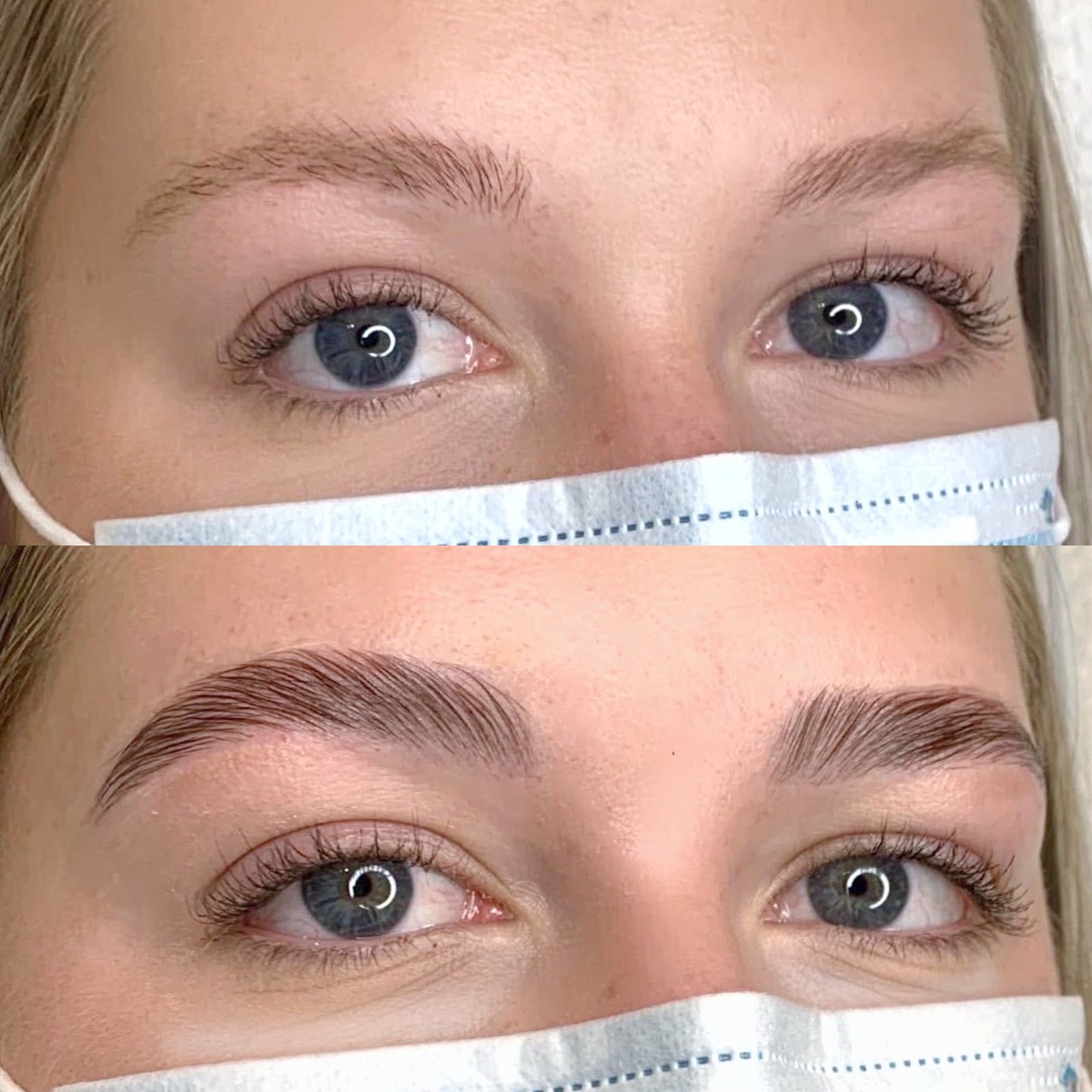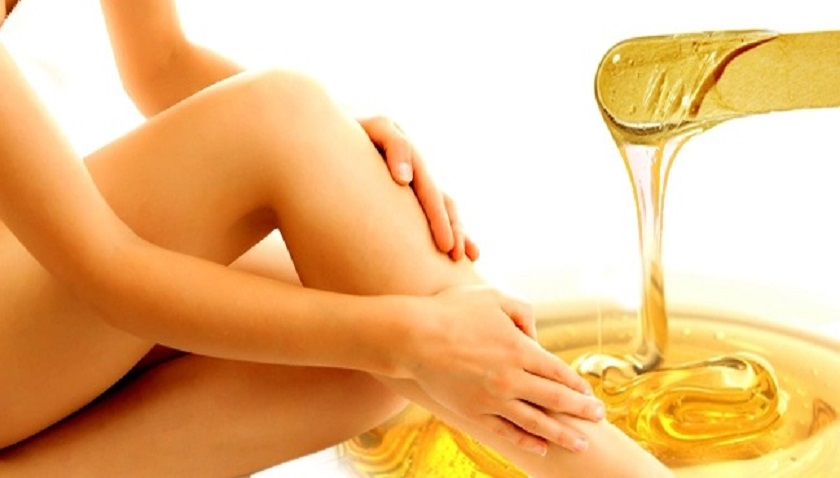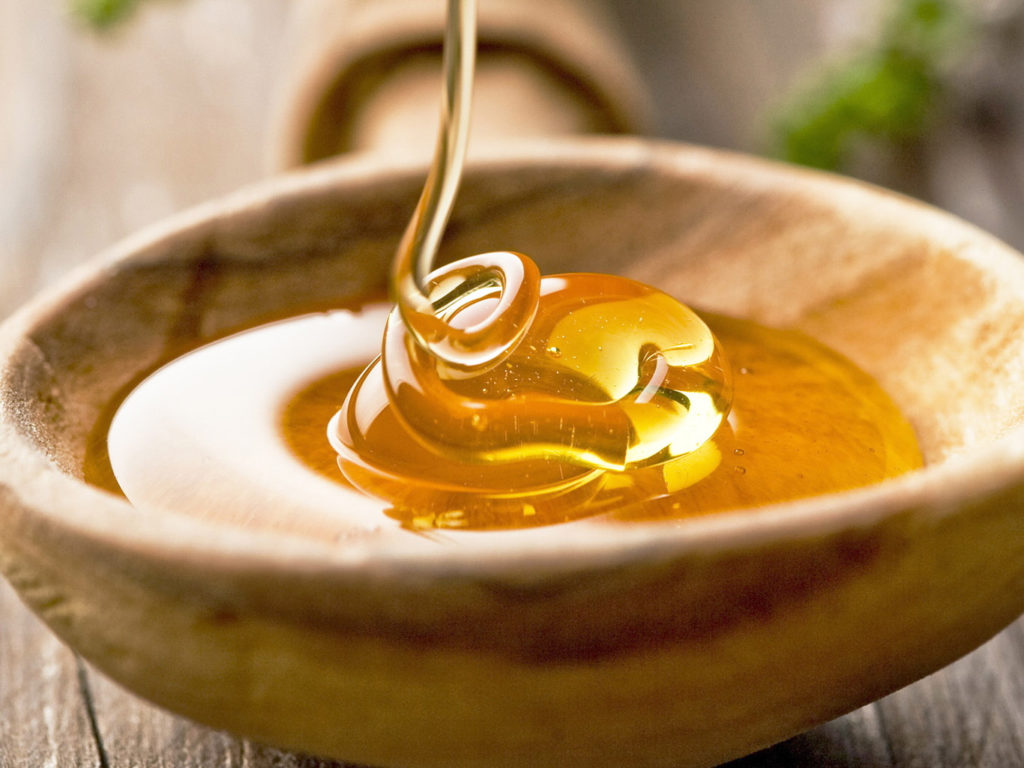Eyebrow lamination is a revolutionary technique that has taken the beauty industry by storm. It involves a semi-permanent treatment that reshapes and tames unruly brows, providing them with a smooth, polished appearance. If you’re tired of spending hours each morning with eyebrow pencils, eyebrow lamination might be the solution for you. Your eyebrows can appear thicker, fuller, and perfectly groomed, with a natural-looking curve that lasts for weeks. In this fascinating exploration, we delve into the transformative power of before-and-after eyebrow lamination.

WHAT IS BROW LAMINATION?
Imagine it as a perm for your eyebrows! Brow lamination is a process that uses special solutions to relax and reshape your brow hairs. This allows them to be brushed upward and held in position. The result is a fuller, lifted look, and it can even help control unruly or downward-growing hairs.
Think of brow lamination as a lash lift, but for your brows. Instead of using perming and setting solutions to create a curled effect, the solutions are applied to make your brow hairs stand upward, giving them a bushy and fluffy appearance.
WHAT ARE THE BENEFITS OF BROW LAMINATION?
The biggest advantage of laminated brows is undoubtedly the way they look. According to Sarah Maxwell, a brow and lash expert from Los Angeles, when done correctly, laminated brows have a more aesthetically pleasing shape. They appear fuller and more lifted. During the lamination process, you can also adjust the shape of your brows slightly, like raising the arch or lowering the tail, to achieve your desired look.
Unlike other brow treatments such as microblading, brow lamination is non-invasive and temporary. This makes it an excellent choice for those who are hesitant to commit to permanent brow services.
Not only do laminated brows look great, but they are also easier to manage. Maxwell explains that the hairs, especially if they were unruly before, become more manageable in their smooth shape. They appear as though they have been expertly brushed up and set in place, with the hairs lying in a vertical direction.
One of the key selling points of brow lamination is its longevity. The results can last up to eight weeks, which means you won’t have to spend time every morning brushing and setting your brows with gel. This allows for a lower maintenance daily routine.
HOW DO I PREPARE FOR A BROW LAMINATION?
Before we delve into what you can expect during your appointment, it’s crucial to be prepared. To avoid any unwanted skin reactions, it’s recommended to refrain from using retinol, alpha hydroxy acids (AHAs), or other exfoliating skincare products for at least 48 hours before your appointment. These substances can potentially react with the chemical lamination solution. Additionally, it’s best to avoid tweezing, threading, or waxing your brows prior to the appointment as advised by brow technicians.
If you have ultra-sensitive skin or have experienced reactions to hair dye in the past, it’s a good idea to request a patch test before your appointment. While not always necessary for lamination, it can help identify any potential allergies before the solution is applied to your eyebrows.
Inform your brow technician if you have any skin conditions such as psoriasis or eczema, if you have had sensitivities to specific chemicals in the past, if you have any eye conditions, or if you currently have sunburn. Based on these factors, your technician will assess whether it is safe for you to proceed with the treatment. This consideration is essential for your well-being and safety.
WHAT IS THE BROW LAMINATION PROCESS LIKE?
CONSULTATION AND BROW MAPPING
You’ll discuss your desired brow shape and goals with the technician. They’ll assess your brows and recommend a suitable shape based on your facial features. Brow mapping involves lightly drawing the desired shape on your skin for precise placement.
CLEANSING AND BRUSHING
The technician thoroughly cleanses your brows to remove makeup and oils. They may gently brush your brows to reveal their natural direction and texture.
PERMING SOLUTION
A lifting cream, similar to a perm solution, is applied to your brows. This breaks down the hair’s bonds, allowing them to be reshaped. The technician covers your brows with plastic wrap to trap the heat and aid penetration.
NEUTRALIZATION
After a specific time, the perming solution is removed and neutralized with another solution. This sets the new shape of the brows in place.
BRUSHING AND STYLING
The technician brushes your brows again, directing them upwards and into the desired shape. They may trim any stray hairs to refine the shape.
SETTING SOLUTION
A setting solution is applied to lock the hairs in their new position. This ensures the shape holds for several weeks.
TINTING (OPTIONAL)
Some technicians offer brow tinting as an additional step to enhance the color and definition of your brows. This is optional and depends on your preference.
AFTERCARE INSTRUCTIONS
The technician will provide you with aftercare instructions to ensure optimal results and maintain the shape. This may involve avoiding water and makeup for a specific period and brushing your brows daily.
HOW LONG DOES BROW LAMINATION LAST?
The duration of your laminated brows depends on the natural hair cycle of your eyebrows. Similar to eyelashes, brow hairs go through a renewal process where old hairs shed and new ones grow in.
Typically, the growth cycle for most individuals is around 30 days. As a result, the effects of brow lamination can last anywhere from three to eight weeks.
For example, if you had your brows laminated in early November, you may find that the shape remains intact without much maintenance throughout December. However, by mid to late January, you might notice that a touch of clear brow gel is needed to keep them in place.
Interestingly, some individuals discover that they actually prefer the appearance of their brows a month or two after the initial lamination. This is a personal preference and may vary from person to person.
It’s important to keep in mind that individual experiences with brow lamination can differ based on factors such as hair growth rate and personal styling preferences. Regular touch-ups or maintenance appointments may be necessary to sustain the desired shape and look of your laminated brows.
EYEBROW LAMINATION BEFORE AND AFTER

Sparse eyebrow brow lamination delivers truly remarkable before and after results. Prior to the treatment, your brows may be unruly and lacking shape and definition. However, once you undergo eyebrow lamination, you’ll experience a visible transformation. Your brows will become fuller, thicker, and impeccably groomed. Through the lamination process, the brow hairs are relaxed and reshaped, allowing them to be brushed and set in place. This results in a sleek and polished look, complete with a natural-looking arch that can last for weeks. The before and after images of sparse eyebrow brow lamination demonstrate the incredible difference it can make, elevating your overall appearance and instilling a newfound confidence.
ARE THERE ANY RISKS TO GETTING A BROW LAMINATION?
While brow lamination is generally considered safe, like any beauty treatment, there are potential risks to be aware of. It’s important to understand that everyone’s skin and hair react differently, so what works for one person may not work for another. Some potential risks of brow lamination include skin irritation or allergic reactions to the lamination solution. This is why it’s recommended to avoid certain skincare products and undergo a patch test if you have sensitive skin or a history of allergic reactions.
Additionally, if the lamination process is not performed correctly or by an inexperienced technician, there is a risk of over-processing or damaging the brow hairs. It’s crucial to choose a reputable professional who has expertise in brow lamination to minimize these risks. By discussing any concerns or allergies with your technician beforehand and ensuring a skilled practitioner performs the treatment, you can mitigate the potential risks associated with brow lamination.
FAQ
1. Is lamination good for your eyebrows?
Not necessarily. Brow lamination offers numerous benefits however there are potential risks associated with the treatment.
2. Who should not get brow lamination?
If you have skin sensitivities, allergies to cosmetic products, or any open wounds or infections near your brows, it is recommended to delay the brow lamination treatment.
3. Is eyebrow lamination painful?
No. The treatment isn’t painful.
CONCLUSION
Eyebrow lamination can work wonders in transforming your brows from ordinary to extraordinary. The before and after results are truly remarkable. Before the treatment, you may have unruly or sparse brows, lacking shape and definition. However, after undergoing eyebrow lamination, you’ll witness a visible transformation. Your brows will appear fuller, thicker, and perfectly groomed. The lamination process relaxes and reshapes the brow hairs, allowing them to be brushed and set in place, resulting in a sleek, polished look with a natural-looking arch. Whether you want to tame unruly brows or achieve a more defined shape, eyebrow lamination is a game-changer that enhances your overall appearance and boosts your confidence.





